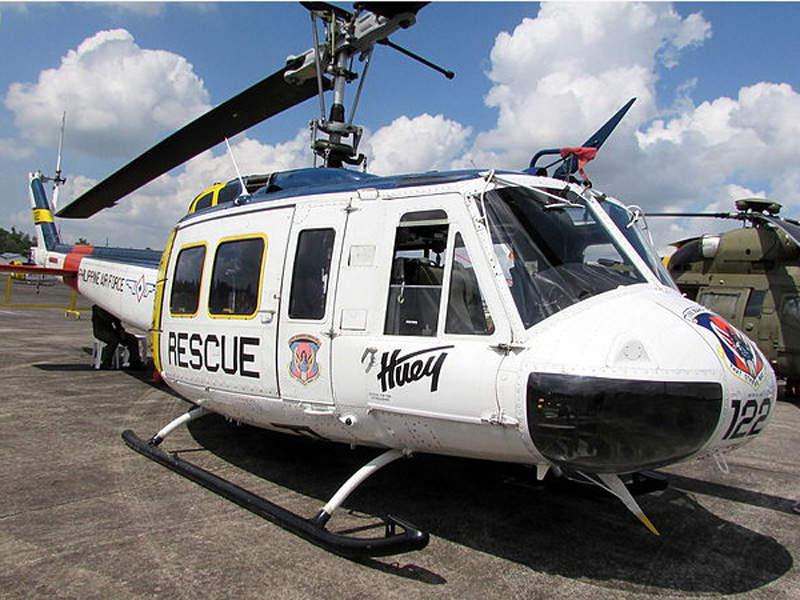

The jet revolution made many aircraft obsolete, including the P-38, B-17 and B-24, among others, while planes like the B-29, A-26 Invader, and C-47 were destined for the reserve. The remaining planes were classified as 1) " obsolete" or 2) " eligible for the strategic aircraft reserve". A few, such as the "Enola Gay" and "Bockscar" (see photo below), would be preserved for display in museums. Others planes were transferred to civilian control, or to the Air Forces of allied countries. Aluminum was the prime metal sought after, melted and poured into ingots for sale and shipping.Īirlines procured a number of transport planes, primarily DC-3 and C-54 aircraft, for building up their post-war inventories of commercial airliners. The remainder of the aircraft was cut into pieces, and pushed in a large furnace, or smelter. Main components such as engines, armament, instruments and radios were removed from each plane. So the method of "salvage and melt" was adopted. In November 1945, it was estimated a total of 117,210 aircraft would be transferred as surplus.Ī study was conducted to determine the most cost effective way to dispose of planes it was determined that too many man-hours were required to dismantle planes for parts, and the cost for storage areas for the parts was too high. By the summer of 1945, at least 30 sales-storage depots and 23 sales centers were in operation. The RFC established depots around the country to store and sell surplus aircraft.

The War Assets Administration (WAA) and the Reconstruction Finance Corporation (RFC) handled the disposal of these aircraft. Within a year of the signing of peace treaties, about 34,000 airplanes had been moved to 30 locations within the U.S. What to Do with Tens of Thousands of Surplus Aircraft Most, however, were returned home for storage, sale or scrapping. military aircraft overseas were not worth the time or money to bring back to the States, and were consequently buried, bulldozed or sunk at sea. Consideration was given to storing a substantial number of airplanes, but the realization that the expense to store them was too great. Following the war, estimates of the number of excess surplus airplanes ran as high as 150,000. Foreign Economic Administration began a program to scrap certain obsolete, damaged and surplus military aircraft overseas. Of that number, 21,583 (7.34%) were lost in the United States in test flights, ferrying, training accidents, etc., and 43,581 were lost en route to the war and in overseas operations.īy 1944 the U.S. The United States had manufactured about 294,000 aircraft for the war effort. However, once peace was assured, the military found itself with a huge surplus of aircraft. Walnut Ridge, Arkansas after World War II Curtiss P-40 Warhawk fighters stacked vertically at


 0 kommentar(er)
0 kommentar(er)
